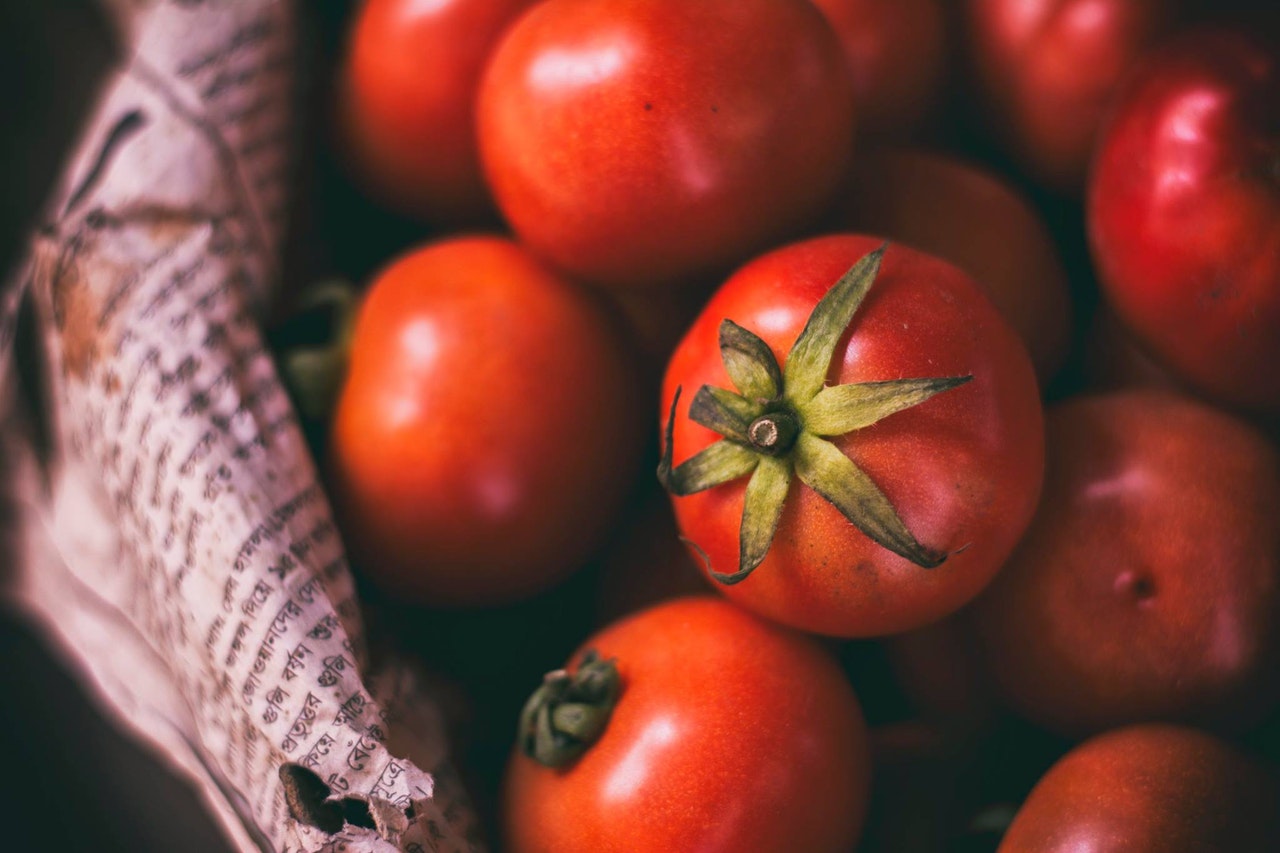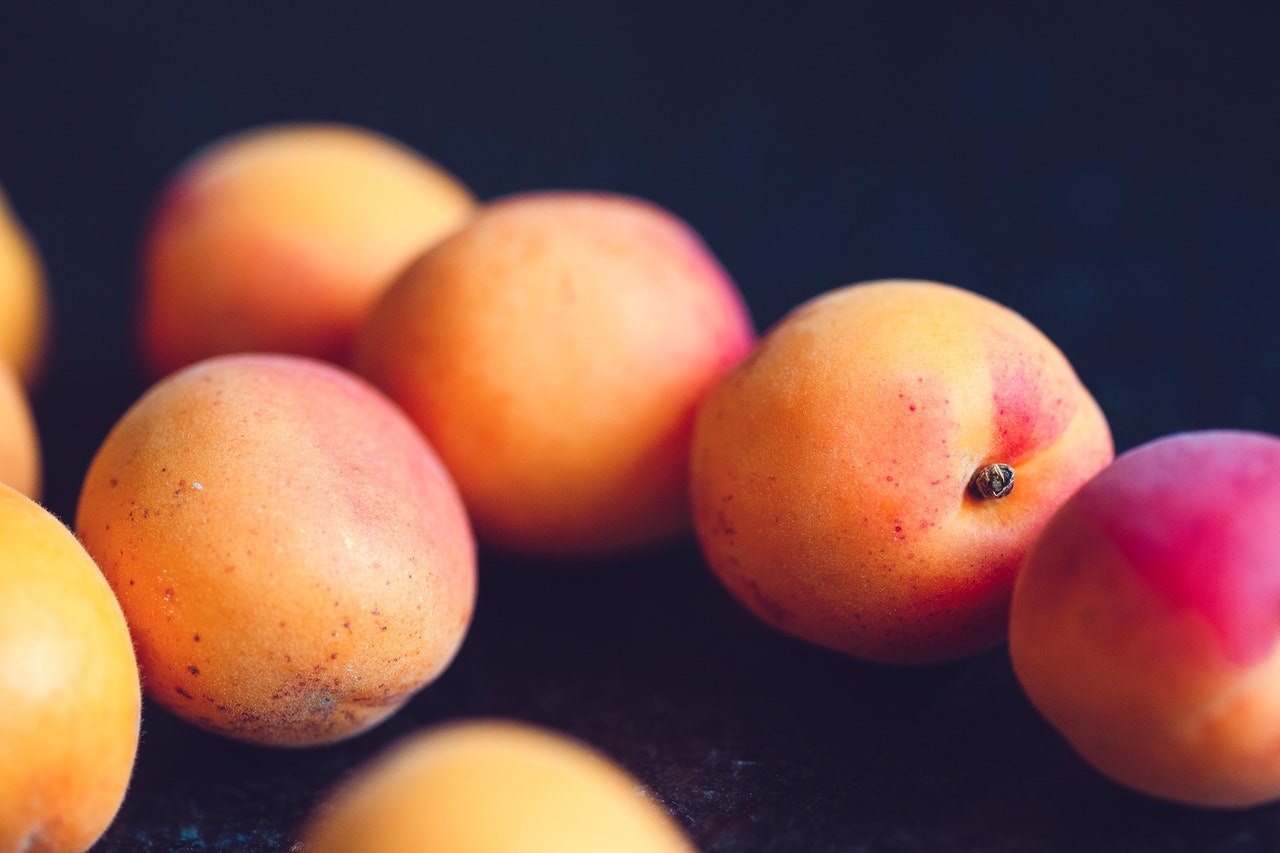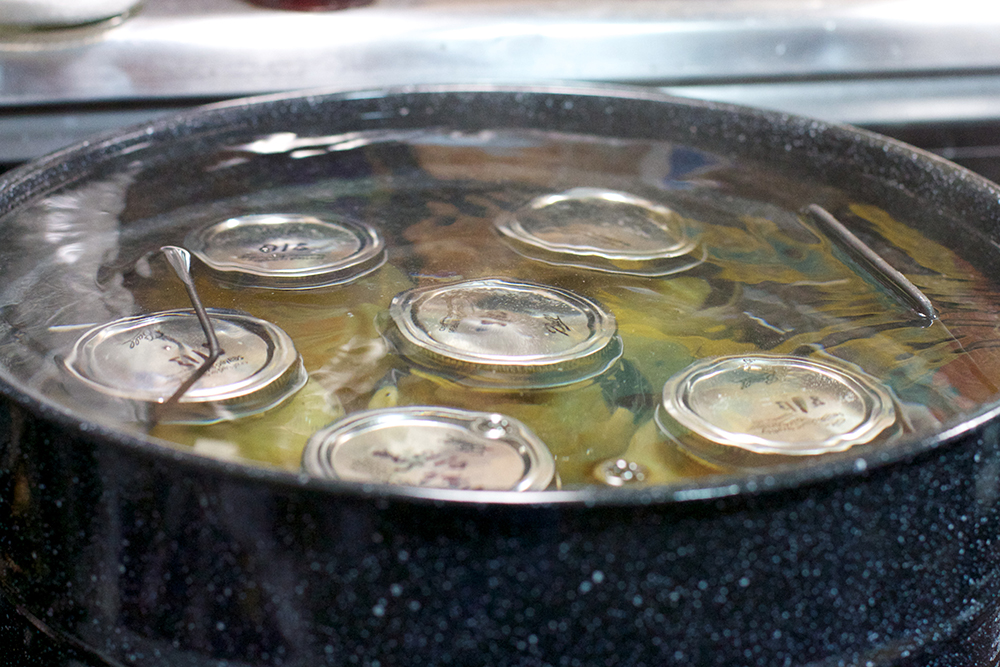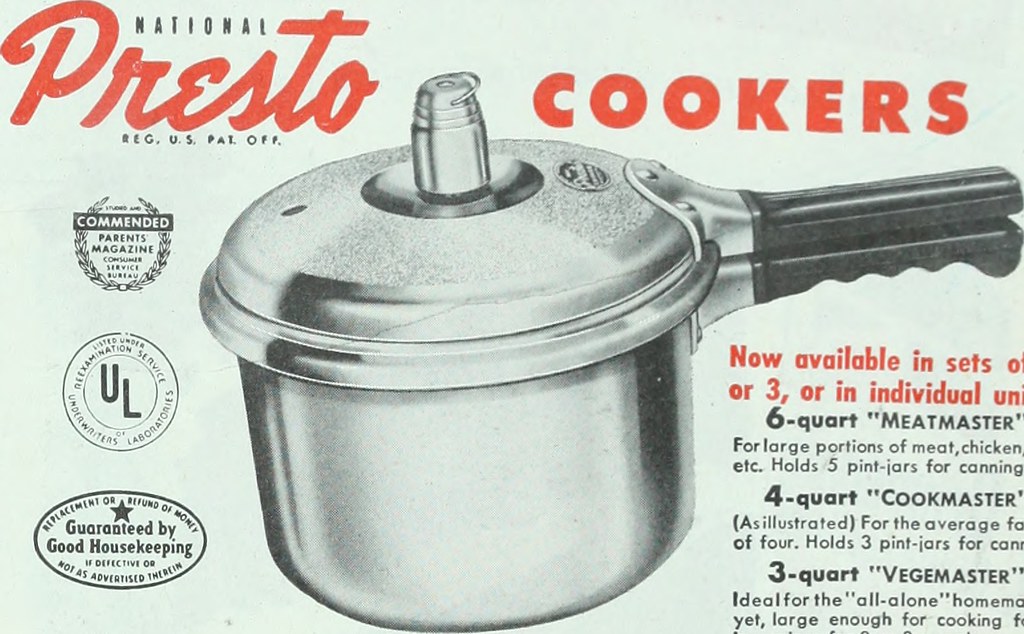Home Canning
Home canning is the process of preserving foods, most often fruits, vegetables, and meats. It is also known as bottling, putting up and processing.
For those with the time and passion, home canning can be a money saving venture; potentially saving as much as half the cost of commercially canned goods. It is also a fulfilling skill that families and friends can enjoy together.
Health-wise, canning can help to maintain the integrity of garden fruits and vegetables or fruits and vegetables purchased from a farmer’s market in excess. Many vegetables will lose part of their vitamins when harvested and even more as the days go by. Within a few days they can lose nearly half of their vitamins if not cooled or preserved properly. Canning can extend the life of your fruits and vegetables while they are still vitamin-rich if processed either at harvest or as soon as possible.
Fresh foods contain a high percentage of water which makes them nutritious but also perishable. They can spoil or lose their quality due to growth of undesirable microorganisms, activation of food enzymes, reactions with oxygen, or moisture loss. Proper canning helps to prevent these things from happening. To properly can is to:
- Carefully select and wash fresh food
- Peel some of the fresh food (as the most effective method to clean)
- Hot pack many of the varieties of foods while canning
- Add appropriate acids (lemon juice and vinegar) to some of the foods
- Use jars and self-sealing lids to preserve food
- Process jars in a boiling-water or pressure canner for the correct period of time
- Store canned foods in appropriate locations
By following these procedures oxygen is removed, enzymes are destroyed, growth of undesirable microorganisms is prevented, and freshness is achieved with a high vacuum inside of the jars.
Types of Foods to Can
Many different types of foods can be canned. Canners, processing procedure, and processing times vary depending on the type of food you are canning and your elevation of canning. Download these charts to help you determine these variables accurately. Some of the types of food that can be canned:
- Vegetables including beets, green beans, carrots, corn, peas, pumpkin, squash, asparagus and more
- Fruits including apples, berries, peaches, plums, pears, tomatoes and more
- Juices including apple, berry, grape, tomato and more
- Jams, jellies, marmalades, and butters
- Meats including red meat, poultry, shellfish and seafood
- Soups
- Pickles and relishes
- Sauces




